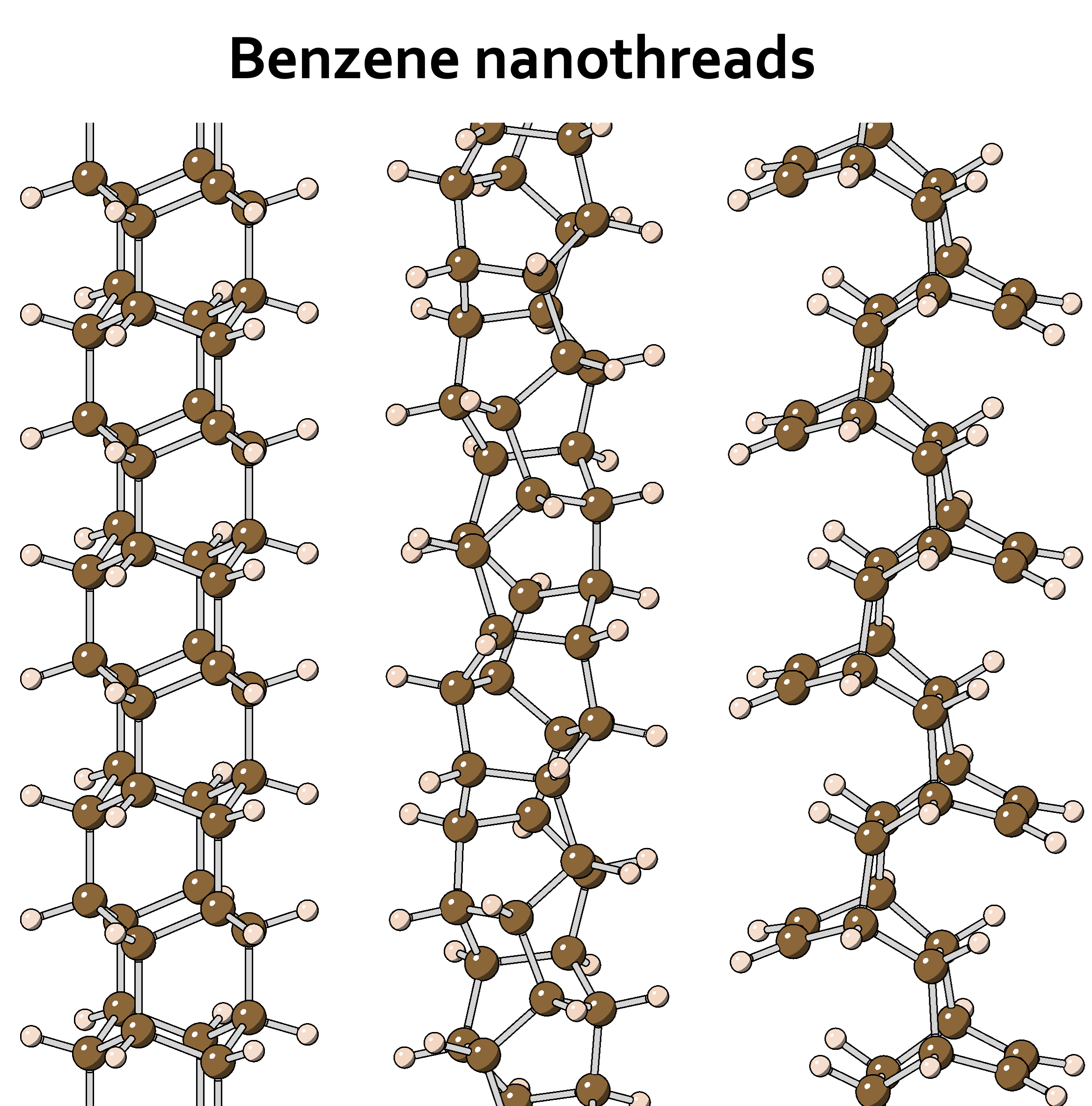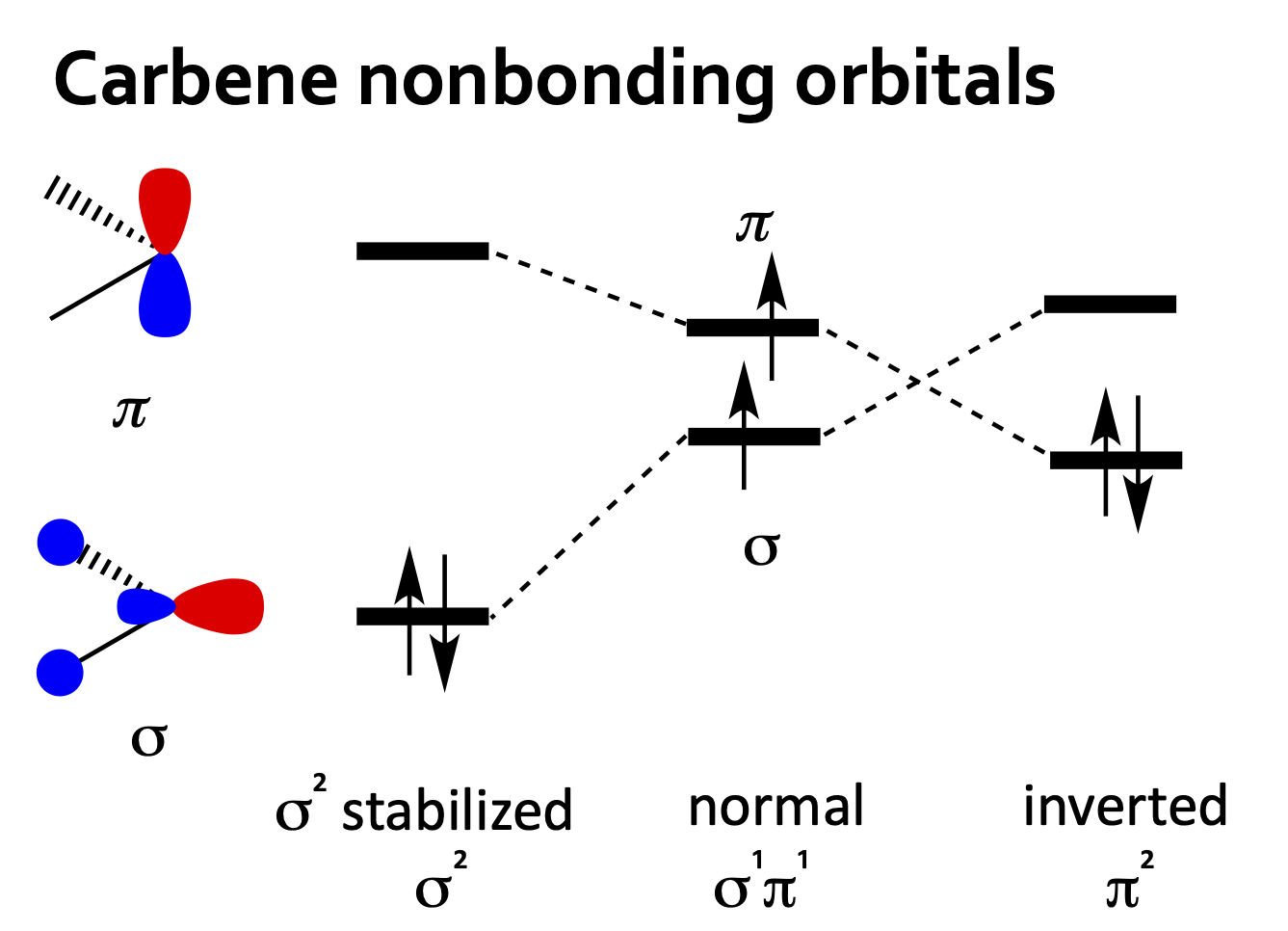Research



Computational High-Pressure Organic Chemistry (CHIPOC)
CHIPOC is a combination of the fields of high-pressure organic reactions in solution and computational chemistry. The former is largely an experimental field, popular and flourishing between 1960-2000. Measurement of activation volumes and reaction volumes were the main activities to understand the effect of pressure on organic reactions. The field of computational chemistry evolved along a different trajectory; it has now matured in the reliable study of organic reactions in the gas phase and at ambient pressure.
The combination of the two fields was not possible before due to the lack of computational methods that include pressure as a parameter in the calculation of electronic structure. With the recently developed eXtreme Pressure Polarizable Continuum Model (XP-PCM) method and the proposed Helium Compression Chamber (HCC) model, first-principles calculations of high-pressure organic reactions become possible.
The Chen group is working to further develop the above two computational methods and apply them to a variety of organic systems under pressure.
Check out the talks Bo gave on pericyclic reactions studied by XP-PCM in 2022 link, and in 2023 link.
Nanothread Chemistry and Physics
Nanothreads are novel one-dimensional carbon-based nanomaterials. The first synthesis of nanothreads was achieved by slow compression (to ~20 GPa) induced polymerization of benzene. To date, nanothreads have been synthesized from a variety of aromatic molecules. Nanothreads generally exhibit ordered 2D packing in the solid state, which distinguishes them from the amorphous polymerized materials derived from the same precursors. In some cases, order is observed along the thread direction.
A defining feature of nanothreads is the unique combination of extreme thinness (only a few Å in diameter) and rigidity (multiple covalent bonds connecting each unit). This feature distinguishes nanothreads from traditional polymers, which are generally flexible (by rotation around single bonds), and nanotubes, which are typically much thicker.
Functional groups can be introduced into nanothreads through appropriate precursor selection or post-polymerization functionalization. The stiffness of the nanothread backbone could allow the desired alignment of functional groups in terms of order and spacing, which could lead to many interesting applications. In a sense, a nanothread is a platform for functionality based on the properties associated with the functional groups.
The Chen group studies the structures, formation mechanisms, and electronic properties of nanothreads.
Check out this talk Bo gave in 2020 on nanothreads. link
Carbenes and Diradicals
Questions we try to answer
- How to tune the relative stability of the two nonbonding orbitals?
- How to make diradicals persistent?
- What are the reactivities of carbenes and diradicals?
